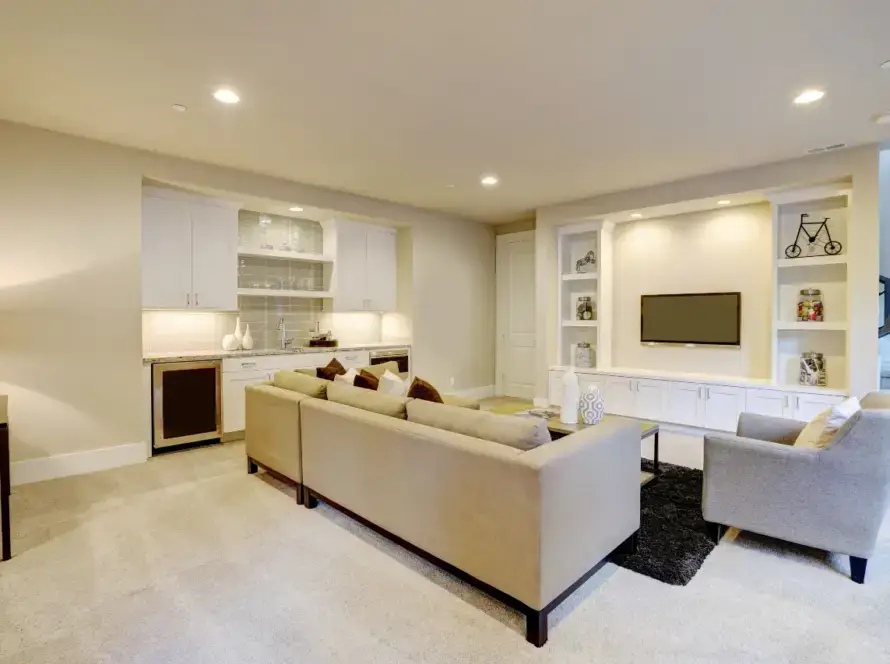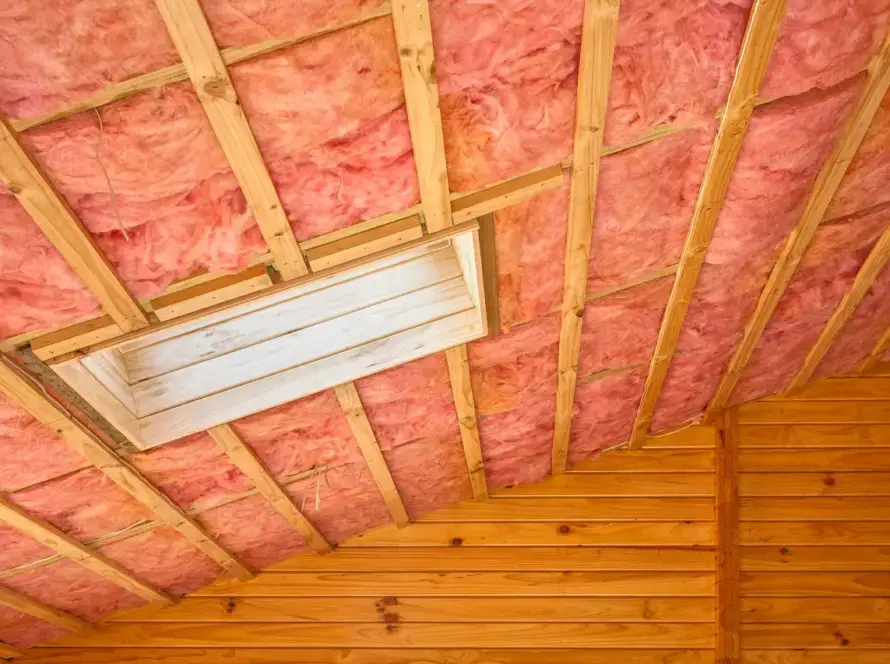In the realm of new construction, the transition from a traditional code-built home to a net-zero home holds immense potential for advancing sustainability and energy efficiency in Canada, but it can be daunting when approaching this target. This blog post will delve into the specific strategies and considerations involved in bridging the gap between these two approaches, focusing exclusively on new construction projects.
Understanding the differences between a code built home and a high performance home
New homes built to meet building codes in Canada typically adhere to minimum standards for safety, structural integrity, and energy efficiency. While these homes are a significant improvement over older constructions, they often rely on conventional strategies and may still leave significant potential for improved occupant health and comfort and indoor air quality, not to mention long-term savings on energy bills.
High performance homes that may be built to such standards such as Net Zero or Passive House represent the pinnacle of energy-efficient construction, aiming for significantly higher envelope performance and incredibly efficient design. These homes are designed with a holistic approach to sustainability, incorporating energy-efficient building envelopes, renewable energy systems, smart technologies, and advanced building science principles.
Bridging the Gap: High Performance Building Strategies
Integrated Design Approach:
Adopt an integrated design approach from the outset of the project, involving architects, engineers, builders, and energy consultants. Collaborative planning ensures that energy efficiency, renewable energy integration, and sustainability are central considerations throughout the design and construction phases.
High-Performance Building Envelope:
Focus on constructing a high-performance building envelope with superior insulation, airtight construction, high-efficiency windows, and minimal thermal bridging. These elements are foundational to reducing heat loss in winter and heat gain in summer, creating a comfortable and energy-efficient indoor environment and helping to reduce energy costs.
Renewable Energy Integration:
Incorporate renewable energy systems such as solar panels, geothermal heat pumps, or wind turbines into the design of high performance homes. These systems generate clean energy onsite, offsetting energy consumption from traditional sources and contributing to a net-zero energy balance.
Energy-Efficient HVAC Systems:
Install energy-efficient heating, ventilation, and air conditioning (HVAC) systems, such as heat pumps with high seasonal energy efficiency ratio (HSPF2 and SEER2) ratings. Coupled with smart thermostats and zone controls, these advanced design systems optimize energy use based on occupancy and climate conditions.
Smart Technologies:
Integrate smart technologies and building automation systems to monitor energy consumption, optimize energy use, and enhance occupant comfort. Smart thermostats, lighting controls, and energy management systems contribute to energy savings and operational efficiency.
Financial Incentives and Support for Net-Zero New Homes
Government Incentives:
Federal and provincial governments offer incentives, grants, and rebates for efficient homes, including funding for energy-efficient upgrades, renewable energy installations, and green building certifications.
Green Building Certification:
Consider pursuing green building certifications such as LEED (Leadership in Energy and Environmental Design) or Passive House certification. These certifications provide third-party validation of sustainability features and can enhance market value and marketability.
Technical Assistance:
Working with Shoreline BP means that you’re engaging with energy consultants, green building professionals, and industry experts specializing in net-zero construction.
Our expertise in energy modeling, building science, and renewable energy integration can inform design decisions and optimize energy performance.
Embracing the Future of Sustainable Construction
Bridging the gap between code-built new homes and high performance homes in Canada requires a comprehensive approach to sustainable construction, energy efficiency, and renewable energy integration. By prioritizing high-performance building envelopes, renewable energy mechanical systems, smart technologies, and collaborative design, new construction projects can achieve low energy use intensity goals and contribute to a more sustainable built environment.
With government incentives, green building certifications, technical support, and industry expertise, the transition to high performance housing becomes not only feasible but also advantageous in terms of energy savings, environmental stewardship, and long-term resilience. Embracing the future of sustainable construction is not just a choice but a responsibility towards creating healthier, more efficient, and more resilient communities across Canada as Canadians seek to reduce their energy usage.
Ready to Build Net-Zero? Request a Quote
Are you ready to take the next step toward building net-zero homes? Contact Shoreline Building Performance today to request a quote for your project. Our team of independent energy consultants work with you to ensure your homes meet the highest standards of energy efficiency and sustainability.
Explore Rebates and Incentives
Building net-zero homes can be even more cost-effective with the help of various provincial and federal rebates. Visit our rebates and incentives page to learn more about the financial support available for your project. Let’s build a better, more sustainable future together.



